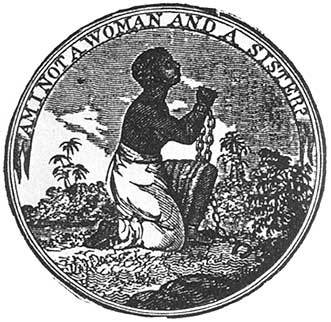- About
-
Student Exhibits
- Rebellions Abroad! — by Travis Heeren
- A Glossary of Black Women in Rebellion — by Kaylor MacLaughlin
- Rumored — by Serena Morgan
- Fragmented Individual Acts of Rebellion — by Twila Neiwert
- John Brown, Harpers Ferry, and the Media — by Bessie Rudd
- Louisiana: Rumors and Insurrections — by Stephanie Smith
- Revolutionaries & Art in Black Cuban Uprisings — by Jiesha Stephens
- Mapping Rumored Rebellions in the South — by Jalen Thompson
- Black Asylum and Sovereignty — by Adam Vernon
- Days in a Demi-Decade: Miscellaneous Rebellions in 19th Century African American Newspapers (1856-1860) — by Hannah Zeller
- Summarily Punished
Sexual Resistance
Rape and sexual assault were common experiences to enslaved women. Angela Davis writes that rape is “the most elemental form of terrorism distinctively suited for the female” (Davis, 11) and that rape was an “attack on… the slave community as a whole” (Davis, 12). Although “reasonable resistance” a defining characteristic in the legality of consent, was wholly unavailable to enslaved women, whose bodies were invisible to the eyes of the law (Hartman, Scenes, 80), many enslaved women did resist against sexual assault. Davis describes private resistance to this assault as “a form of insurgency,” “a response to a politically tinged sexual repression,” and “a continuation of the resistance interlaced in the slave’s daily existence” (Davis, 12-13). Harriet Jacobs, for example, writes about her enslaver repeatedly sexually assaulting her. She says “My soul revolted against the mean tyranny. But where could I turn for protection?” Jacobs revolted, turned away, did not want, did not consent, resisted, rebelled.
